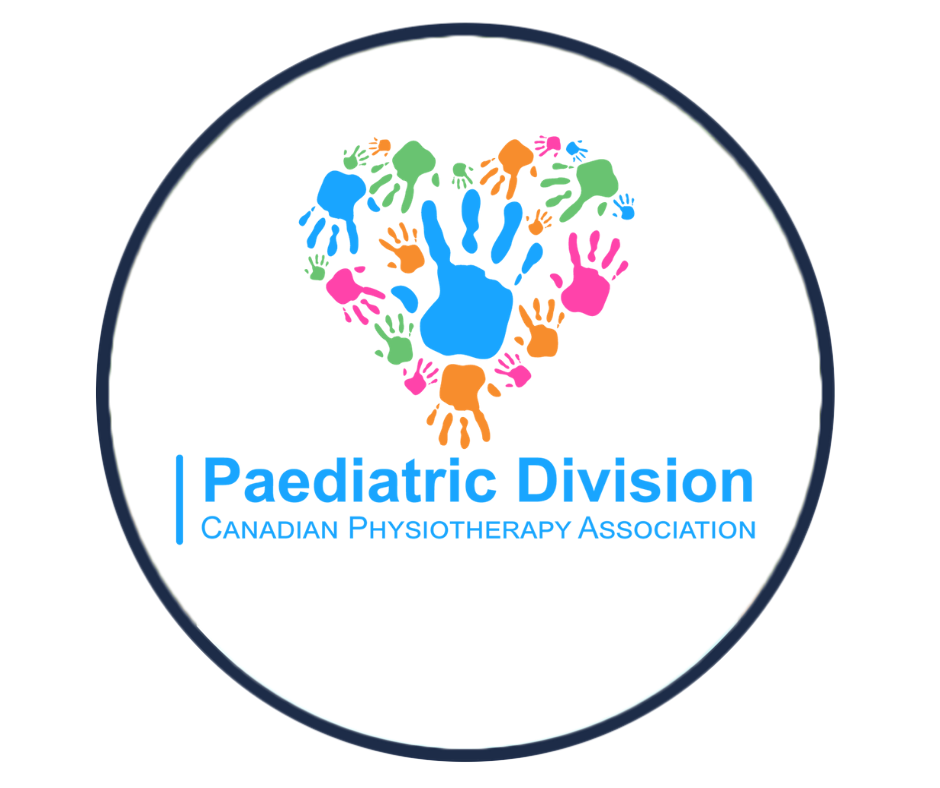Hamstring and Triceps Surae Muscle Tone: Implications for Children with Equinus Deformity

Hamstring and Triceps Surae Muscle Tone: Implications for Children with Equinus Deformity
1 hour
Please note: this webinar was not recorded at the request of the presenter. If you have any questions please contact the CPA at pd@physiotherapy.ca
Overview
Nearly all published data pertaining to normal muscle extensibility in developing children pertains to the maximum tolerated passive end range of motion. The functional significance of this measure is unclear in the context of routine muscle use.
Since 1980, the property of muscle tone in selected lower extremity muscles has been misunderstood by clinicians involved in neuromotor rehabilitation, despite the clarity of the definition put forward by T. Sanger et al in 2003. Confusion persists as muscle tone is often construed as a neurological phenomenon revealing the presence of spasticity.
My experience assessing lower limb muscle extensibility at first catch end range in typical developing children was later supplemented with a deep review of literature pertaining to the physiology and functional relevance of the viscoelastic characteristic of the first catch, or R1 end range.
Speaker: Beverly Cusick
Beverly Cusick (a.k.a. “Billi”) began working with children with cerebral palsy in 1973 and has stayed with them ever since then. After launching the below-knee casting program at the Children’s Rehabilitation Center in Charlottesville, VA, she taught for the PT Education Program at the Medical University of South Carolina. She received her masters degree in clinical and college teaching for allied health professionals in 1988 in Kentucky, and later consulted for the Children’s Hospital at Stanford in Palo Alto, CA while practicing privately.
She has several publications and on-demand webinars pertaining to equinus deformity management and developmental orthopedics spanning 1979 through 2022. She lives in Telluride, Colorado, where she developed TheraTogs Systems and produces educational materials.
Billi is a life-long learner and clinical instructor who has been invited to present her work in 19 countries to date, several of them several times. Her curriculum vitae is available upon request.
The instructors

The Paediatric Division is a special interest group within the Canadian Physiotherapy Association. Our membership consists of clinicians from all practice settings, students, educators, researchers, physiotherapy assistants and administrators all of whom have a passion for promoting participation and enhancing the lives of children and their families. We are dedicated to provide resources and information for paediatric patients and their families to promote participation and function independence in all aspects of life.
Paediatric physiotherapists employ clinical expertise in the early detection of health problems, treatment, education and management of congenital, developmental, neuromuscular, skeletal, cardiorespiratory or acquired disorders/diseases. Paediatric physiotherapists work with children of all ages, from infants through young adulthood to promote participation and functional independence. Paediatric physiotherapists have a unique role in that they not only work with the child, but also their families in the context of their daily home, school and recreational environment.
Paediatric physiotherapists use validated outcome measures to assess the level of strength, flexibility, gross-, and fine-motor coordination and overall functional capabilities to determine participation limitations or restrictions as a result of injury, disease or disability.
Through analysis of objective assessment findings, the paediatric physiotherapist uses evidence-based treatment interventions specifically tailored to the client and their family's goals. Treatment interventions focus on improving gross and fine motor skills, balance and coordination, strength and endurance, as well as cognitive and sensory processing/integration.
